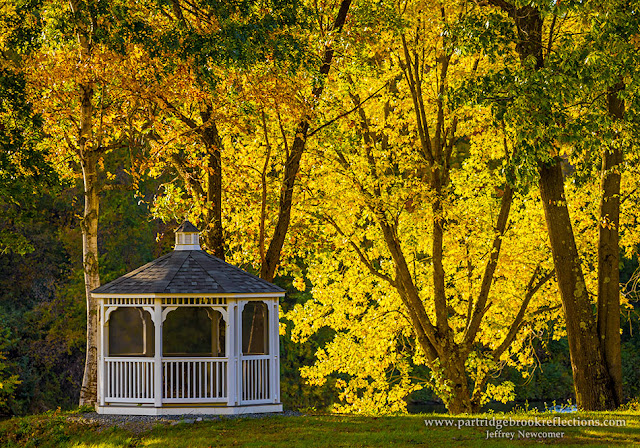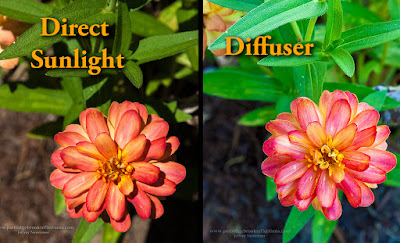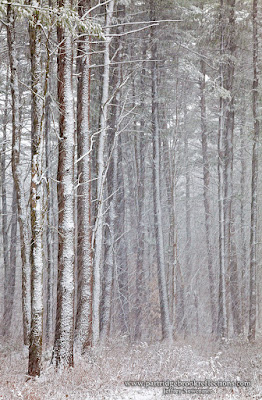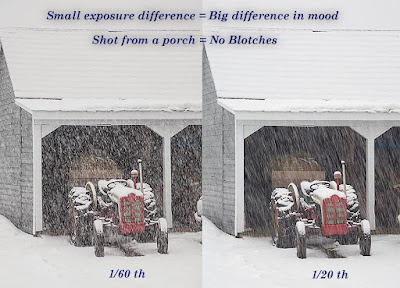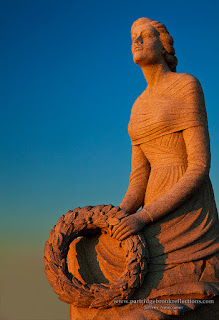 |
| Except where noted, all images are from my iPhone 7 and are unedited |
How concerned should you be about
the quality of the images that you make visible to family, friends and the
world. It all depends on what you are looking for from the giant landscape of
social media.
Last weekend I had a lovely time
sitting out on my neighbor’s lawn while Spencer, their two year old grandson, frolicked
in
the grass and jump from lap to lap. He had recently developed a fear
of any person who was carrying a camera, but I was able to break through by
showing him each picture on the LCD screen. He was fascinated, and loved
to touch, with his greasy fingers, each of the faces. Especially his own.
I got some nice shots, and Spencer’s proud grandpa wanted me to send them
to him right away. He insisted that he didn’t care if I had edited the
best images. He just wanted them RIGHT AWAY! He was a bit impatient when I explained that
I never simply dump out my raw unedited images. I spent time that night
selecting the three most iconic shots and then trying to bring out their best
in Lightroom and Photoshop. I love working on portrait images and Spencer
was an irresistibly adorable subject. Grandpa was more than please when
he saw the results the next day, but this simple interaction got me thinking about
how we all control how our images are seen when we set them free.
 |
| Spencer and Grandpa : Canon 5D Mark IV |
 |
Whether it is on Facebook,
Instagram, or the seemingly endless list of other varieties of social media, we
as photographers are judged by everything we make visible to the outside world.
We can exert a bit more control of the images in our own web sites, but
our visual footprint is out there, and as we all know, that stuff NEVER goes
away.
 How much time should you spend on
perfecting your images before you publish them on social media. There is
no single right answer. It all depends on your audience and on what you
want to accomplish by making your work public. This week let’s consider
what the most casual amateur photographer can do to add impact and interest to
their published work. Next week I’ll discuss the much more complicated
workflow that I use before I allow my images out into the world.
How much time should you spend on
perfecting your images before you publish them on social media. There is
no single right answer. It all depends on your audience and on what you
want to accomplish by making your work public. This week let’s consider
what the most casual amateur photographer can do to add impact and interest to
their published work. Next week I’ll discuss the much more complicated
workflow that I use before I allow my images out into the world. |
| iPhone Path |
For this article, I went out
shooting with my iPhone 7. The camera in
this phone is quite amazing and yields results that are as good or better than
many low-end point and shoot cameras. My
main problems were that I missed the controls that I have on a DSLR or high-end
pocket camera, and it took massive self-control to avoid doing any post-processing
on some of these images.
 |
| Weathered Path : Canon 5D Mark IV |
There are a number of simple and
intuitive photo editing apps available for smartphones, that can improve the
images, but I wanted to start with what can be done to get the most out of
unedited pictures right out of your phone.
 |
| Town Hall Back-Lighting I would have loved to apply a little shadow adjustment, But I remained pure. |
 |
| Ok. Not so Pure I couldn't resist editing just one of these iPhone Shots |
Understand What Your Camera Does Well
 |
| The Macro advantage |
 |
| Chipmunk in the Barrel |
Smartphone have wide angle lenses which
must be compensated for in all types of photography. Unless the bear is actually chewing on your
foot, an iPhone is essentially worthless for wildlife photography. Add-on lenses are available to expand the
range of focal lengths, but again that would be getting into more layers of
complexity and you don’t want that.
One of the greatest advantages of
smartphones is that they are almost always in your pocket. The old saying goes that “Your best camera is
always the one you have with you”. Let’s
consider a few other ways that you can the most from that “best” camera in your
pocket.
Want to see Ten picture of my lunch?
Spray, Pray and Post
 It is an old saying that, with
digital cameras, we can just “Spray and Pray”, shooting everything and hoping
that we may miraculously get one or two usable shots. After all, pixels
are cheap, and we don’t have to worry about wasting film. Today we can expand
this saying to “Spray, Pray and Post”. Too often, on Facebook, we will
see five pictures of that delicious meal and, although it is lovely to admire
the spectacular lasagna from every conceivable angle, one picture is probable
sufficient to tell the story.
It is an old saying that, with
digital cameras, we can just “Spray and Pray”, shooting everything and hoping
that we may miraculously get one or two usable shots. After all, pixels
are cheap, and we don’t have to worry about wasting film. Today we can expand
this saying to “Spray, Pray and Post”. Too often, on Facebook, we will
see five pictures of that delicious meal and, although it is lovely to admire
the spectacular lasagna from every conceivable angle, one picture is probable
sufficient to tell the story.  One of the most effective techniques
of professional photographers is to only show their best work and the same
approach is the simplest way for amateurs look good in social media. If
you have 15 or 20 pictures of that beautiful rainbow, try to pick one or two to
post. Choose the ones with the best
light and the most interesting foreground. No matter who is in your
audience, they will be more impressed with your captured moments and less
likely to be scared away by a cluttered story.
One of the most effective techniques
of professional photographers is to only show their best work and the same
approach is the simplest way for amateurs look good in social media. If
you have 15 or 20 pictures of that beautiful rainbow, try to pick one or two to
post. Choose the ones with the best
light and the most interesting foreground. No matter who is in your
audience, they will be more impressed with your captured moments and less
likely to be scared away by a cluttered story.
Simple Rules
Nothing complicated here. Just
a few things to think about whenever you are capturing those quick shots.
Get Close to Your Subject

As I mentioned, smart phones tend to have wide angle lenses and, if you don’t get really close, your beloved subject can be a vague smudge in the distance. Get close and then take a few steps closer. The closer you get the simpler and more impactful will be your subject. Using my iPhone 7 to shoot the horses at Stonewall Farm, I had to get so close that I was expecting the beasts to grab the phone from my hand.
Don’t Forget,
You can turn Your Camera side-ways.
 I don’t have the statistics on this,
but I would bet that most of the smart phone pictures that I see on Facebook
are in portrait mode. Phones are usually held vertically, but sometimes
an image will work better in landscape. With cameras, I usually must
encourage my students to get away from landscape images. The rule is,
“The best time to shoot a vertical image is right after you have shot the
horizontal”. This needs to be flip around for phones. Think about a
horizontal composition right after the vertical.
I don’t have the statistics on this,
but I would bet that most of the smart phone pictures that I see on Facebook
are in portrait mode. Phones are usually held vertically, but sometimes
an image will work better in landscape. With cameras, I usually must
encourage my students to get away from landscape images. The rule is,
“The best time to shoot a vertical image is right after you have shot the
horizontal”. This needs to be flip around for phones. Think about a
horizontal composition right after the vertical.
Avoid Strong Back-lighting
 Bright light from behind will cause
your subject to be lost in deep shadow. This can be partially corrected
by editing, but we all know you are not interested in that! Placing your
subject facing into the bright sun can cure the shadows, but It can also lead
to squinting and harsh reflections. The best solution is to place Granma
in the shade or to shoot under overcast skies.
Bright light from behind will cause
your subject to be lost in deep shadow. This can be partially corrected
by editing, but we all know you are not interested in that! Placing your
subject facing into the bright sun can cure the shadows, but It can also lead
to squinting and harsh reflections. The best solution is to place Granma
in the shade or to shoot under overcast skies. |
| Nice photo of Jeff, Distracting Background detail |
Watch Your Tilt
 |
| I don't do many selfies |
 |
| More my style |
 |
| Gina's Tilt |
 |
| Tilted Horizon - Ignore the finger! |
I could go on and on, but for the
casual photographer I will stop here. Get close to your subject. Decide whether
a vertical or horizontal composition works best. Watch out for
back-lighting. Make sure that the tilt of the horizon matches the subject.
And perhaps most importantly only show your best images.
Finally, have fun. You are now
free to ignore everything and spray away! After all they’re only pixels.
Jeffrey Newcomer
partridgebrookreflections.com
603-363-8338



